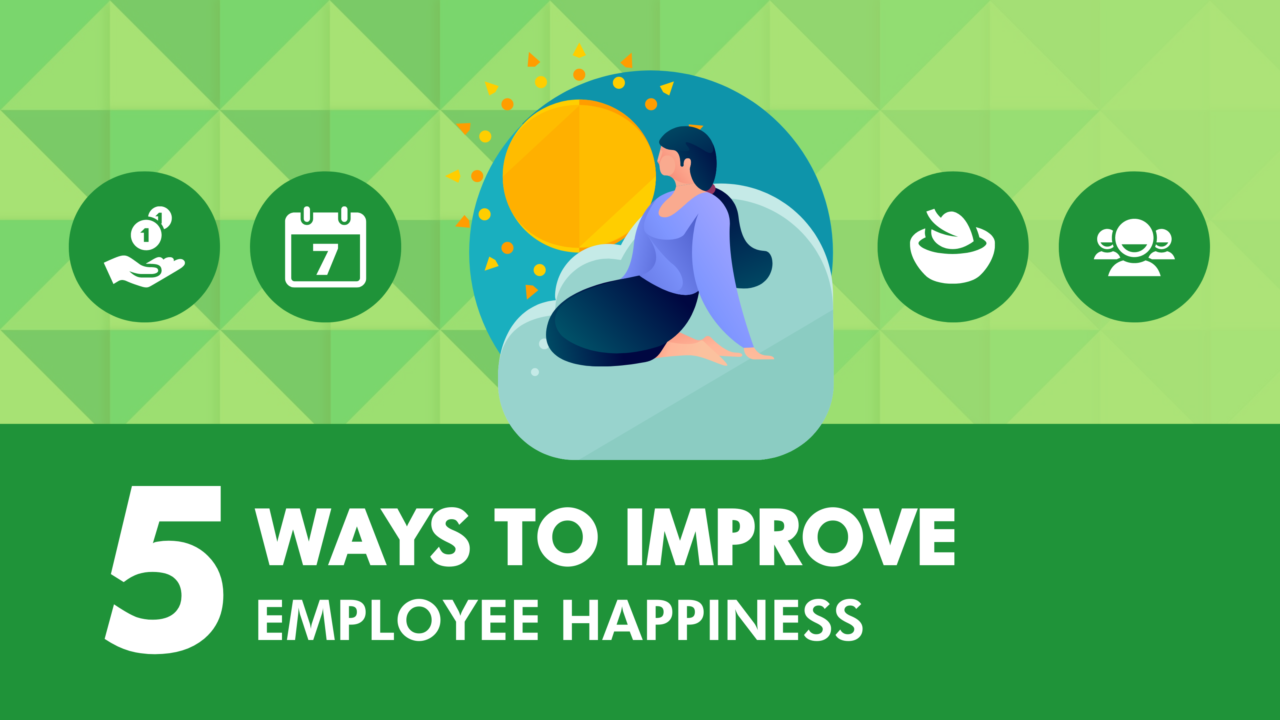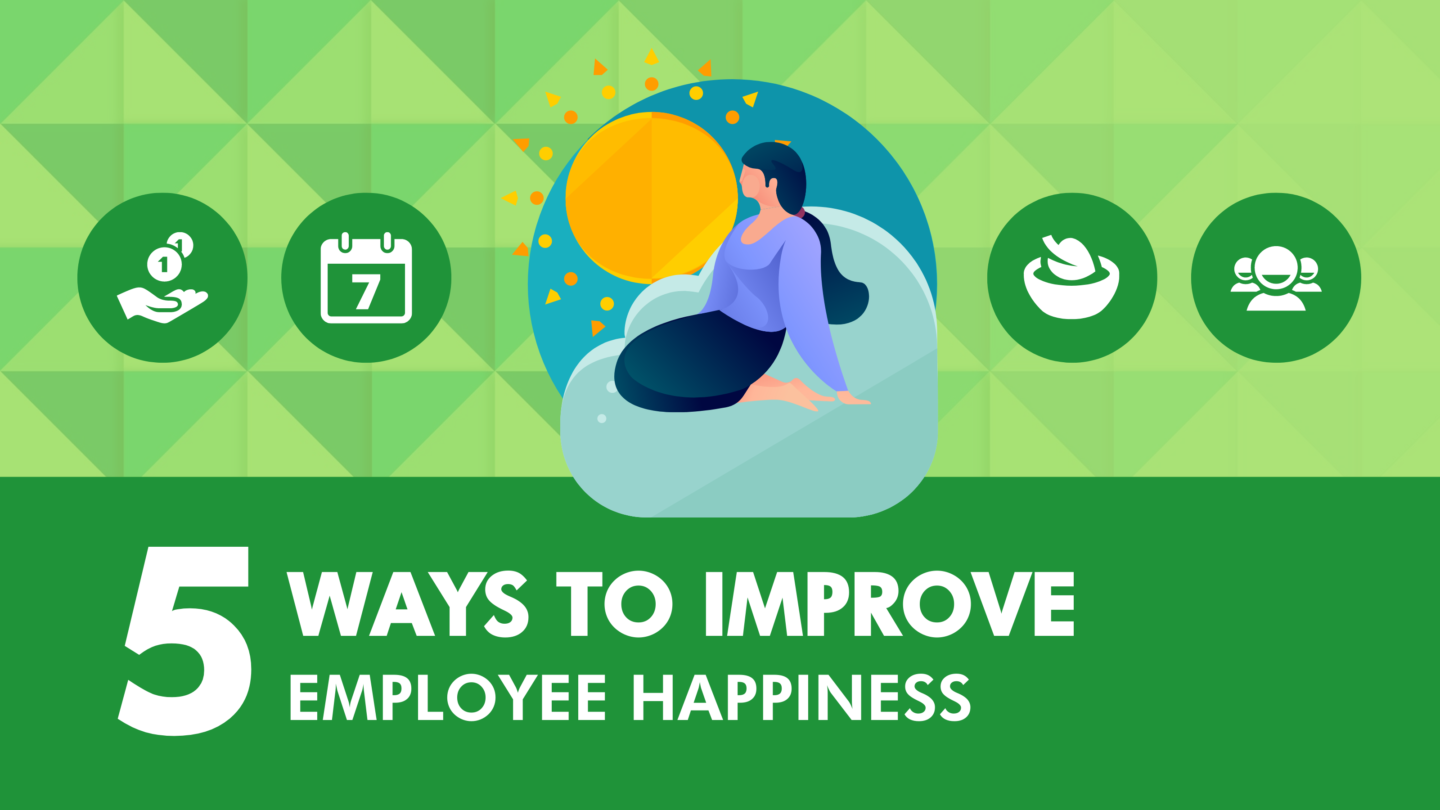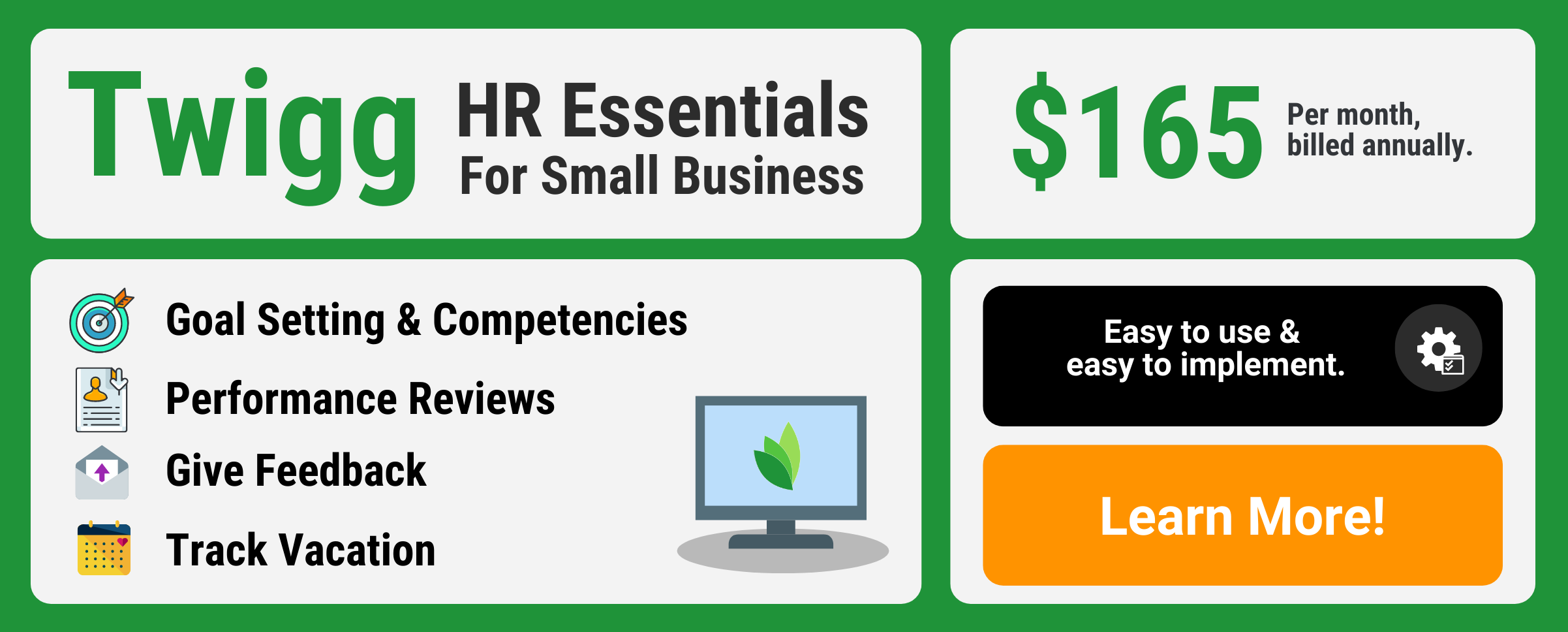
5 Ways to Promote Employee Happiness
It goes without saying that in order for a company to be successful, it must have employees who are efficient, productive, and willing to remain focused and diligent in the work required to meet their goals. However, employee happiness (contentment) is a critical factor to any organization’s success.
The Importance of Employee Happiness
One of the biggest factors job-searchers look at when viewing new workplaces is how it will impact their work-life balance – does it offer flexible hours and are there other work perks, etc. Workers are beginning to place a higher value on their own happiness now more than ever before, and if they don’t get it, not only will it negatively affect their performance, they will go somewhere else to find it.
More and more these days, employees are making quality of life an essential element to their work life. It is highly probable that most employees are facing challenges in their job satisfaction due to the current state of business and the global situation. Though external factors such as these ones cannot be controlled by leaders, there are still efforts you can take to try and ameliorate employee happiness and keep up team-wide morale despite working through difficult times.
Why Should You Care About Employee Happiness?
Studies have found, which is no secret, that the happier employees are, the more productive they will be. Employee happiness in the workplace leads to an increase in productivity, more engagement, and generally more enthusiasm for the job. So, the key question is: how can you promote employee happiness at work?
Ways to Promote Employee Happiness
1. Offer a fair and competitive salary
Everyone knows the common expression: “money doesn’t buy happiness.” While that may be true, being offered a competitive rate will surely convey a sense of fair organizational practice.
Everyone has expenses to manage, bills to pay, and activities they like pursuing – all of these things require money. If an employee is running low on funds, or even adhering to a tight budget, they’re much more likely to be facing strain and distraction in their day-to-day lives. Additionally, many households across the country are suffering financially due to one or more household income earner’s loss of work.
While some businesses may not be able to pay a high salary from the start (i.e. start-ups, small independent businesses, etc.), or be able to offer sufficient benefits to compensate for the loss of money coming in to the households, whatever you pay can be supplemented. Benefits, insurance, work perks like additional vacation time – all of these can be part of the payment package geared towards keeping your employees as happy – and therefore productive – as possible.
2. Build an inviting company Culture
Salaries and perks aside, employees want to typically experience challenge in their work but also a sense of belonging. Though workplace-specific culture is somewhat of a challenge to build while working remotely, it can still be maintained at a distance. Company culture is also among the top factors for people looking for new jobs. So what exactly makes a good company culture?
- A culture that reflects the goals of the organization. Employees know what these goals are, know how their work contributes to achieving the goals, and are also made to feel appreciated for what they do.
- Employees empowerment. Nothing promotes employee happiness like the feeling that they are trusted to make decisions and to do the work without being micromanaged by a leader.
- Zero-tolerance of toxic behavior. Don’t tolerate bullying or gossip. Ensure your employees are aware of these policies, and encourage anyone who faces these behaviors to report it to a leader.
- Encourage collaboration. When managed well, collaborating can be a big promoter of building camaraderie and ultimately employee happiness. Team lunches and other bonding activities such as online-meeting ice breakers, bring everyone closer together, building trust that will lead to more productivity and team member cooperation.
3. Offer Opportunities
Most employees want to grow and advance throughout their career, and it’s important to afford them opportunities to do so. A big factor toward employee happiness is whether they feel they can advance within the company. In order to do this, employees need to be constantly learning and updating current skill set.
There are a few ways to offer these opportunities – you can assign employees to task teams that promote the learning of new skills or offer specific training associated with their current job. Either option provides the employee with a chance to develop new competencies or build upon their existing skills, which will ultimately benefit everyone.
4. Focus on the well-being of your employees
Employee happiness also comes from being valued. It comes from the company supporting the employee’s work-life balance with flexibility and accommodation. When so many employees are working remotely, it can be easy to dismiss the possibility that some may be struggling to adapt to those demands. While remote work is sometimes the preferred, unique home-life circumstances can impose limitations and may be stifling to certain employees, hindering their productivity.
Aim to offer flexible solutions for those employees that may be struggling to adapt quickly. Offering a work schedule that is conducive to home-life is critical. Some workplaces offer access to the office environment while still keeping in line with the guidelines of social distancing measures. Valuing an employee’s work-life balance and happiness while staying engaged with how current limitations may be affecting them is a great way to convey a sense of trust and mutual respect.
5. Create Good Relationships
A full-time employee spends up to 40 hours a week working on any given project, communicating and collaborating with a core group of people, and typically reporting to the same person or people. While it’s important to foster good relationships inside one’s home team, it’s equally important to promote cross-team collaboration.
Final Thoughts
Studies actually show that a happier employee is a more productive employee. As a leader, it’s up to you, particularly now, to ensure your employees are happy enough to be giving the job as much focus as possible. There are many potential challenges employees face while attempting to remain productive and engaged with their team. You can help by communicating the priority of ensuring their needs are met.






